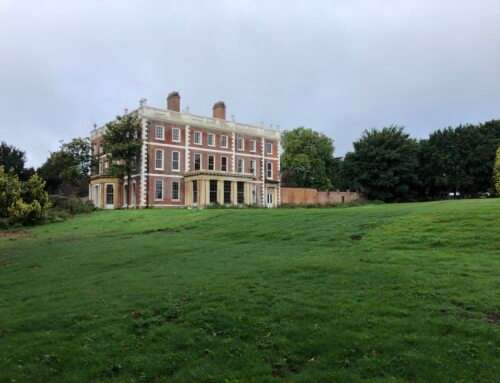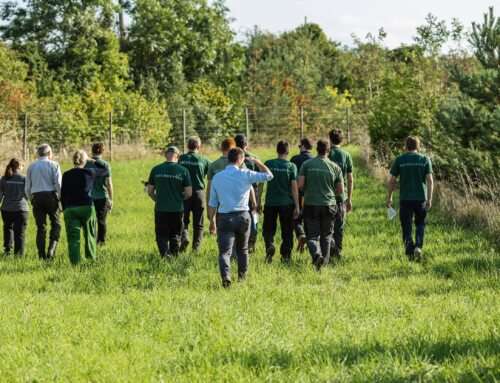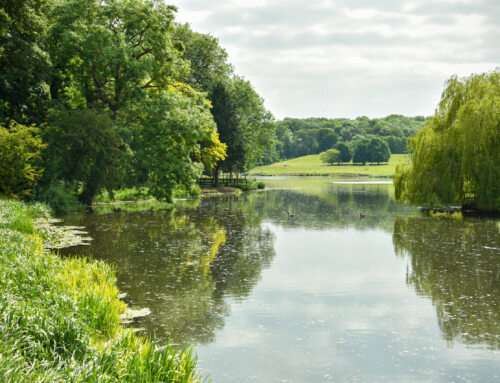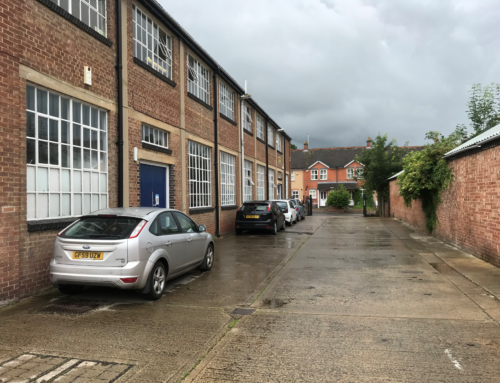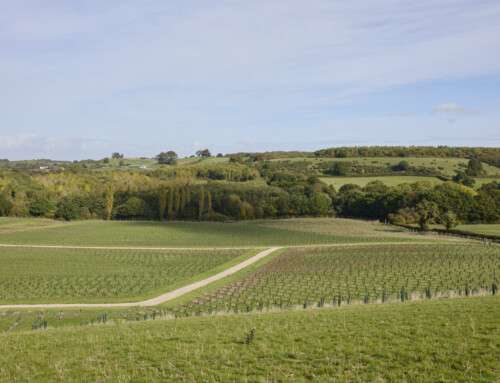Soils Case Study – SUEZ, Aberdeen
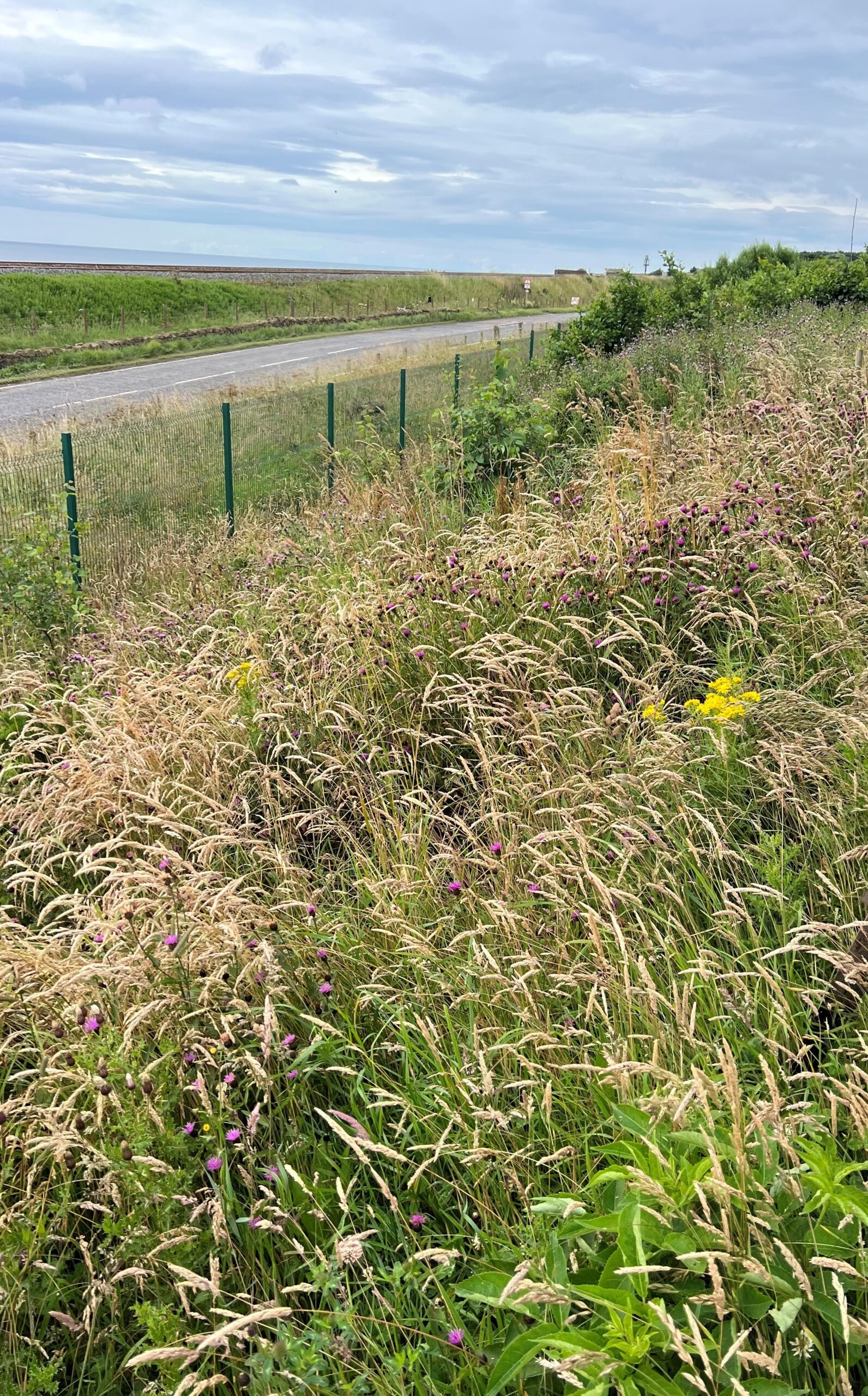
The project aimed to enhance and expand wildflower seeding and shrub planting on an industrial site in Aberdeen, in turn, to increase biodiversity on the site. Suitable species were selected by understanding the site’s soil and coastal weather conditions. These species, along with habitat structure, were to be proposed to the planning authority in a landscape scheme.
Due to the carbon footprint of travelling to Aberdeen, Nicholsons cooperated with the client to gather soil information and send samples to a laboratory for testing. For this soil survey, properties analysed in the field included soil depth, stone content, compaction, and moisture content. Laboratory tests included soil texture, pH, organic matter, nitrogen, phosphorous, potassium, magnesium, phytotoxic metals, and electrical conductivity.
The site was divided into five soil types, one being moist sandy clay loam soil, which was slightly alkaline along the coastal edge. Low phosphorous content favours the growth of coastal wildflowers. Shrubs that can tolerate alkaline and moist soils were also recommended with the addition of nutrients. Hibernacula and bug hotels were advised to benefit amphibians, reptiles, and insects.
The outcome comprised a landscape scheme, which included a planting and seeding table, landscape design map and aftercare table. The local planning authority approved the soil survey and landscape scheme, with the hope that planting and seeding will be underway the following year.

